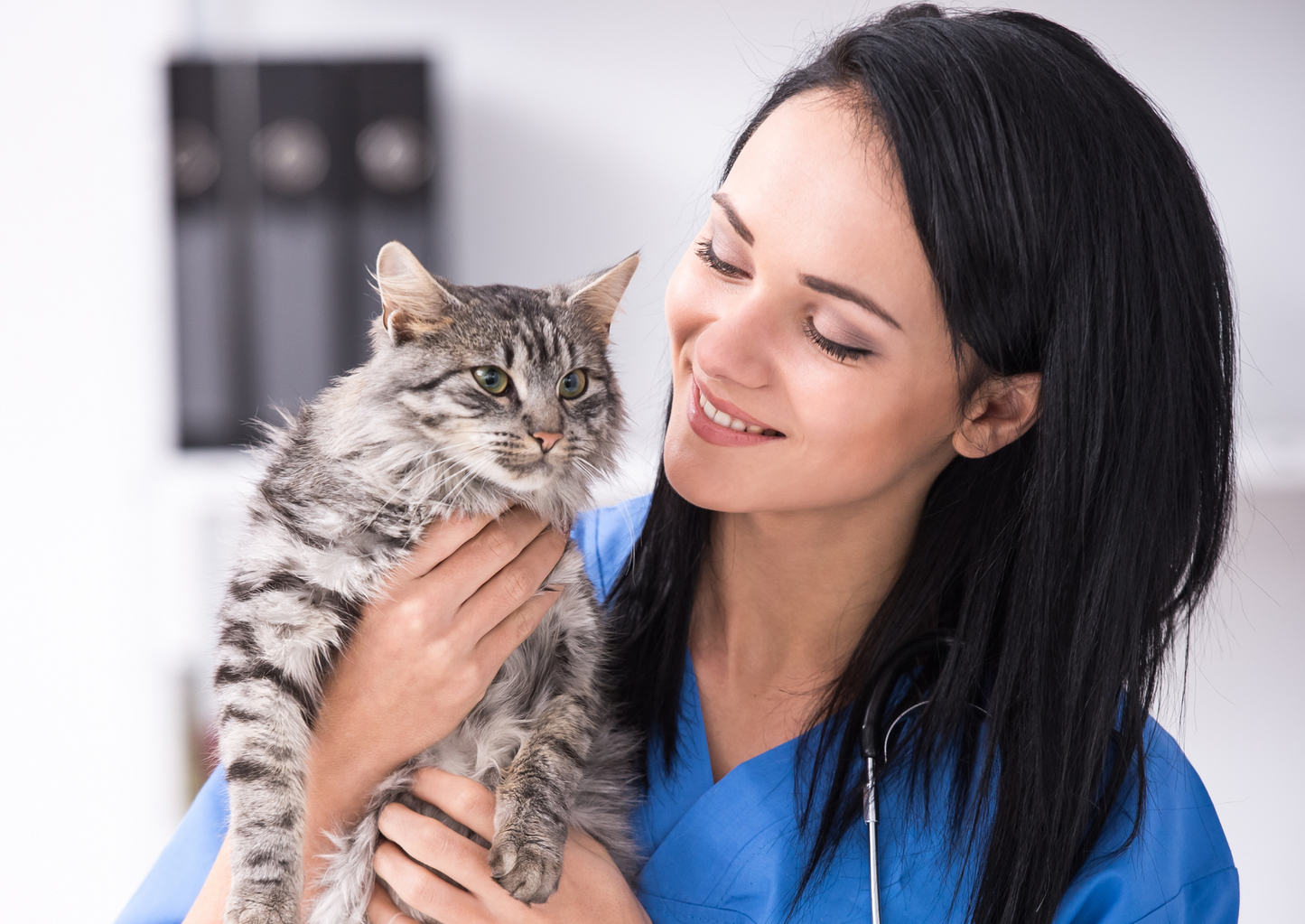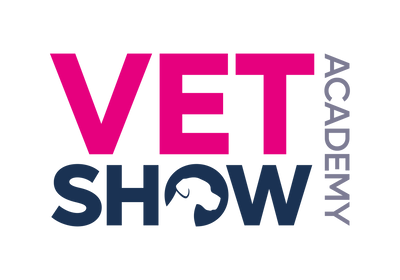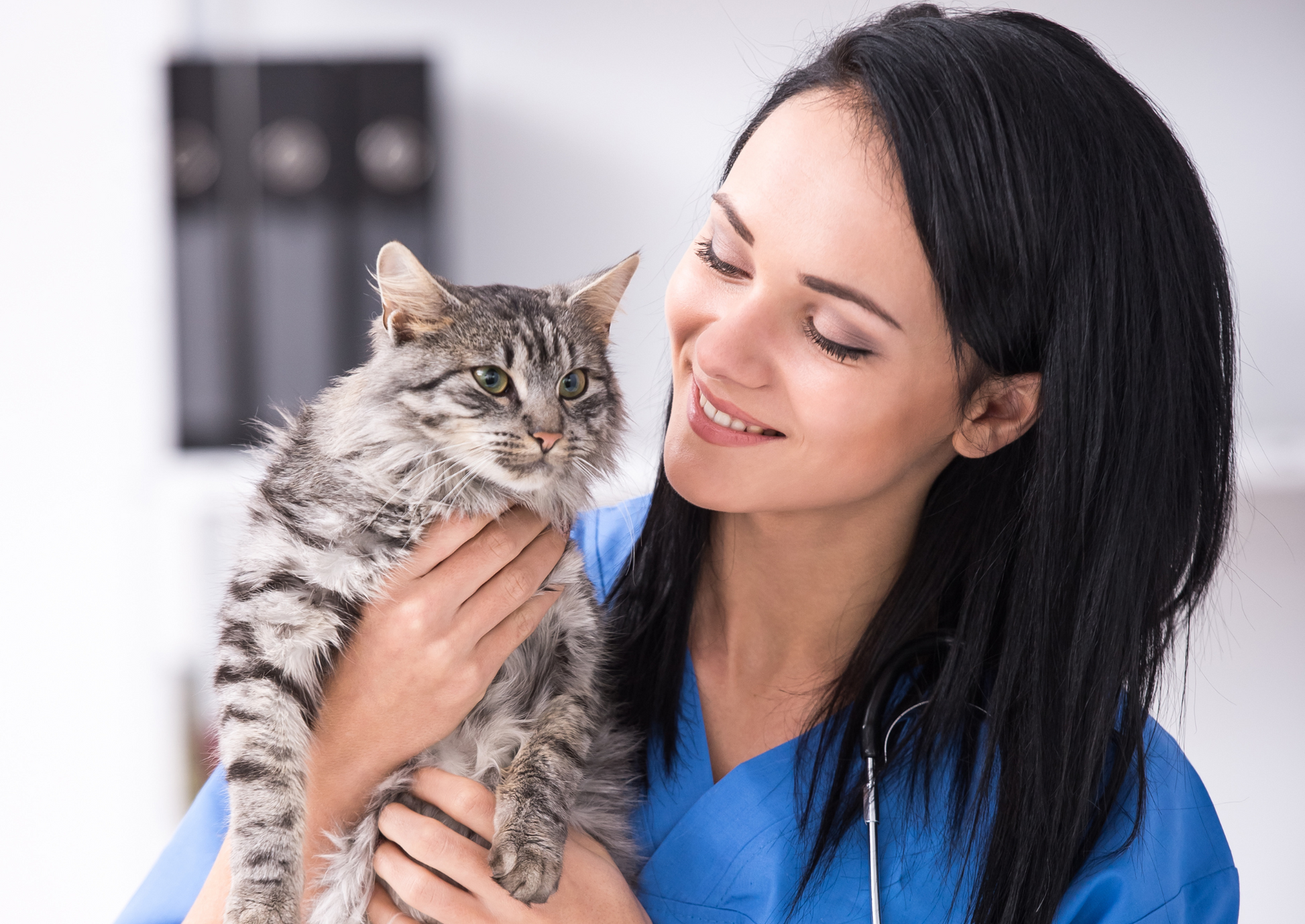London Vet Show 2024
Fasted & furious: What evidence is there for pre-anaesthetic fasting times?
Fasted & furious: What evidence is there for pre-anaesthetic fasting times?
Couldn't load pickup availability
Sponsored by
There is a variety of evidence for the fasting times often used in small animal practice, but how convincing is it really? Many factors can influence the control of gastric emptying time, including meal composition and consistency, medications and pain. Insufficient fasting times can be associated with increased risk of gastroesophageal reflux and aspiration. However, excessive fasting times can have a number of negative impacts on our patients. Tailoring our fasting times to the patient in question is important in some patient groups, such as diabetic and paediatric patients. Careful preparation and risk management is important in patients where maintaining optimal fasting times is not possible.
Learning Outcomes
- Outline normal control of gastric emptying - Review the existing evidence on fasting times in animals and humans - Review the complications that can occur as a result of both insufficient and excessive fasting periods - Outline an approach to different patient populations and demographics - Discuss how to manage patients where optimal fasting times are not possible
Chairperson: Dan O'Neill, Associate Professor Companion Animall Epidemiology - Royal Veterinary College
Speakers: Lydia Hjalmarsson, Senior Clinical Training Scholar in Anaesthesia & Analgesia - Royal Veterinary College
15 Nov 2024
11:10 - 12:00
RVC Clinical Theatre 1
Presented at London Vet Show 2024
Please note this session is not RACE-approved but you can still earn a CPD certificate
Share


